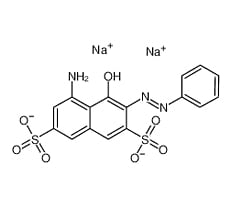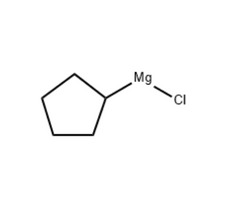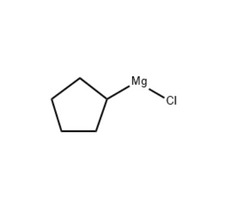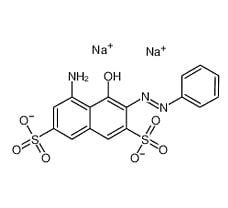
Oxidase Discs
- Brand: Micromaster
- Catalog No.: ID003
- Quantity/Unit: 25 discs/vial
- Usually Shipped in: 1-2 Weeks
Min Orderable Qty : 1 Pack
For lab/research use only, unless otherwise specified
Oxidase discs are supplied by Micromaster. They are available in the form of filter paper discs having a diameter of 10mm. It is advisable to store these discs between 2-8C for maximum efficiency.
Quantity provided: 50 discs/vial
Oxidase Discs are used for detection of oxidase production by microorganisms like Neisseria, Alcaligenes, Aeromonas, Vibrios, Campylobacter and Pseudomonas, which give positive reactions and for excluding Enterobacteriaceae, which give negative reactions. Oxidase discs are sterile filter paper discs impregnated with N, N-dimethyl-p-phenylenediamine oxalate, ascorbic acid and a-naphthol. These discs overcome the need for daily preparation of fresh reagent. Gordon and McLeod introduced oxidase test for identifying gonococci based upon the ability of certain bacteria to produce indophenol blue from the oxidation of dimethyl-p-phenylenediamine and a-naphthol. Gaby and Hadley introduced a more sensitive method by using N, N-dimethyl-p-phenylenediamine oxalate where all staphylococci were oxidase negative. In a positive reaction the enzyme cytochrome oxidase combines with N, N-dimethyl-p-phenylenediamine oxalate and a-naphthol to form the dye, indophenol blue. Certain bacteria possess either cytochrome oxidase or indophenol oxidase (an iron-containing haemoprotein), which catalyzes the transport of electrons from donor compounds (NADH) to electron acceptors (usually oxygen). In the oxidase test, a colourless dye such as N, N-dimethy-p-phenylenediamine serves as an artificial electron acceptor for the enzyme oxidase. The dye is oxidized to form indophenol blue, a coloured compound. The test is useful in the initial characterization of aerobic gramnegative bacteria of the genera Aeromonas, Plesiomonas, Pseudomonas, Campylobacter and Pasteurella.








